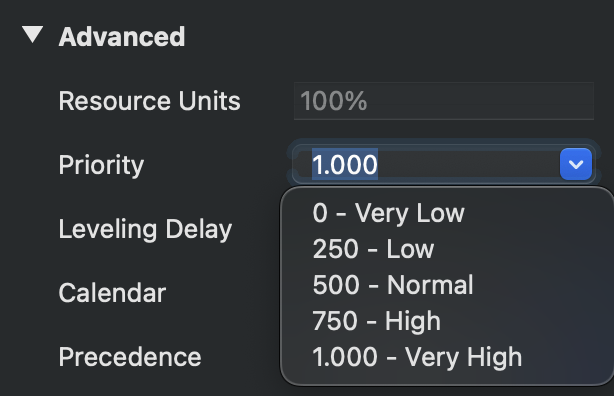Project Management with a Bit of Magic
Plan, manage, and deliver projects efficiently. Merlin Project for macOS and iOS

As a prioritization technique, the MoSCoW method helps to categorize requirements in projects. The name is made up of the first letters of the English terms: Must have, Should have, Could have, and Won't have. These categories help to focus on the most important tasks.
What is the MoSCoW Method?
Origin & Use Cases
When & How to Apply
Stakeholder Involvement
Quick Checklist
| Category | Meaning | Example |
|---|---|---|
| Must | Critical to project success | User login functionality |
| Should | Important but not vital | Customized dashboard |
| Could | Nice to have if resources allow | Dark mode interface |
| Won’t | Out of scope for the current project cycle | Advanced analytics module |
Must have: These requirements are essential. Without them, the project cannot be successfully completed.
Should have: These requirements are important, but not critical. They contribute to project quality, but are not essential.
Could have: These requirements are desirable but not necessary. They can be implemented if time and resources allow.
Won't have: Diese Anforderungen werden in diesem Projektzyklus nicht berücksichtigt. Sie können für zukünftige Projekte in Betracht gezogen werden.
The MoSCoW method was popularized in agile and software development circles as an efficient way to manage time-boxed projects. It’s especially useful when resources—like time and budget—are limited. By labeling tasks with Must, Should, Could, or Won’t, you get clear priorities and avoid the trap of trying to complete everything at once.
Prioritizing effectively means making tough decisions about what truly matters. The MoSCoW method forces teams to decide which tasks they can’t live without.
Applying MoSCoW is straightforward:
It’s particularly powerful for product roadmaps, project kick-offs, and agile sprints, where you need to remain flexible.
A major advantage of the MoSCoW method is how easily it involves stakeholders:
Here’s a concise checklist to keep you on track:
☑️ Start with Clear Objectives: Know the overall goal.
☑️ Limit the Musts: “Must” means absolutely non-negotiable—use it sparingly.
☑️ Involve Key People: Align your categories with stakeholder input for better buy-in.
☑️ Stay Flexible: As scope or context changes, reassign tasks to keep priorities accurate.
☑️ Review Regularly: Make sure tasks haven’t drifted between categories.
Merlin Project allows you to easily prioritize tasks and requirements. To do this, you can increase (>500) or decrease (<500) the priority in the inspector under Activity: Plan in the "Advanced" tab.

Our suggestion:
This categorization means that all new activities are still categorized with a priority of 500, allowing you to see at a glance which elements you have not yet prioritized individually.
You can now filter your project by priority, for example to only see or group activities with priority 1,000. By grouping, you can now always see all activities of the same priority level one below the other.
Use the MoSCoW method to ensure that your most important tasks are completed first. With Merlin Project's visual tools, you can keep track of your priorities and make adjustments if project requirements change.
In the next part of our series, we will take a look at the RICE Scoring Method.
Your ideas, our magic – make projects easy! Test now 30 days for free.
